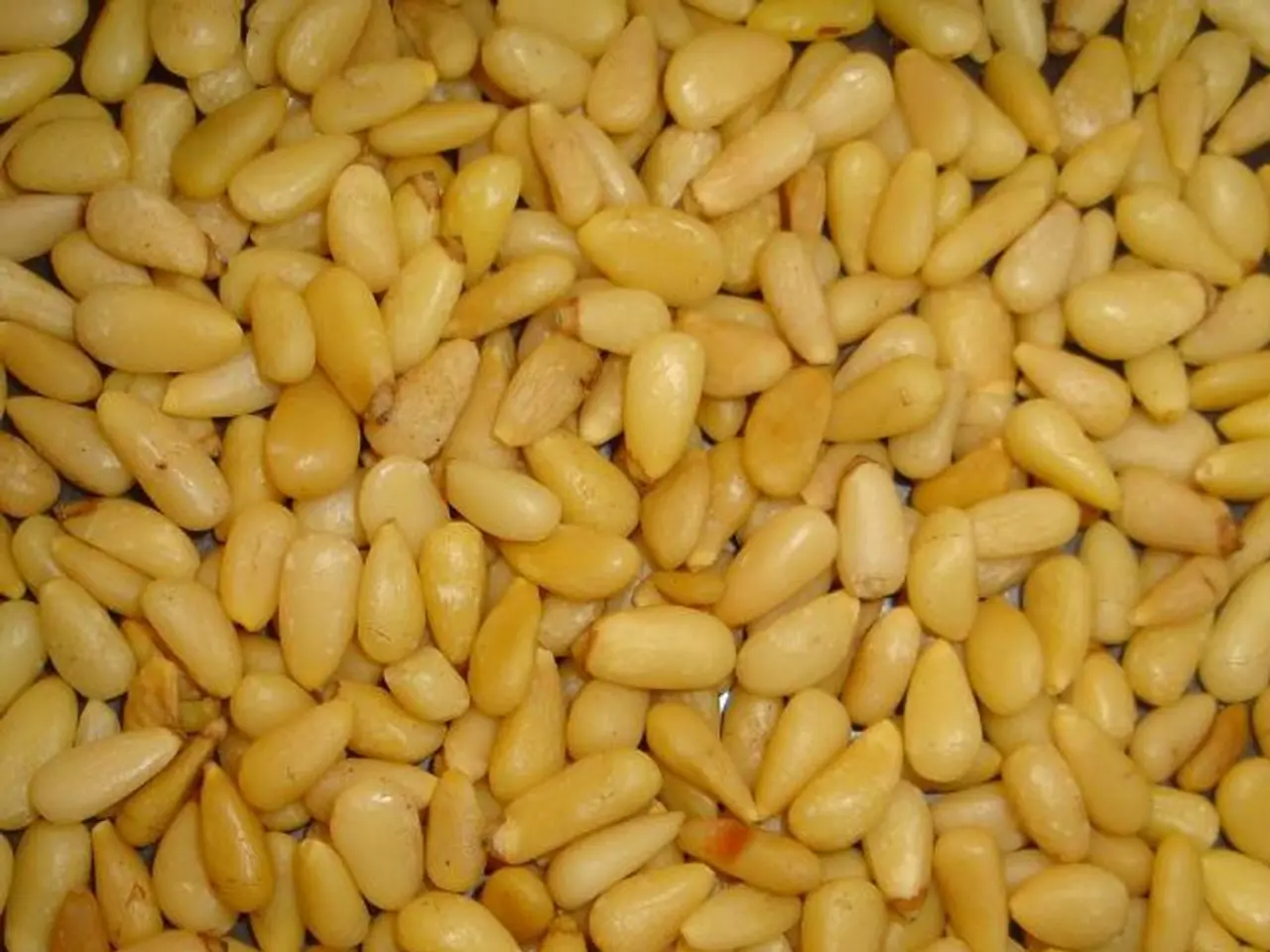Corn remnants discovered in a patient admitted to the 2nd District Hospital, suspected of having intestinal blockage.
Rare Corn Phytobezoar Removed Successfully in Kuban
In a rare surgical procedure, doctors in Kuban have successfully removed a phytobezoar composed primarily of undigested corn from a patient's small intestine. The announcement was made by Yevgeny Filippov, the region's health minister, on his Telegram channel.
The woman, whose identity remains unknown, was urgently admitted to Regional Clinical Hospital No.2 due to intestinal obstruction. She experienced symptoms including nausea, constipation, and severe vomiting, which required immediate medical attention.
Phytobezoars, formed from various plant residues such as seeds and persimmons, are relatively uncommon but well-documented as a type of bezoar. Corn, due to its high cellulose content, can form bezoars if not properly digested and if conditions favor aggregation in the small bowel. In this case, the phytobezoar measured approximately 20 cm in length.
This is a rare occurrence, as surgeons reported they had not previously encountered such an accumulation of corn kernels in patients. The specific type of surgery performed on the patient was not mentioned but was successful, allowing for food passage through the intestine.
The patient's recovery status was reported as good, with no further details provided. The operation marked a significant milestone in the treatment of phytobezoars caused by undigested corn, demonstrating the importance of timely medical intervention and proper dietary management.
Typical symptoms of a phytobezoar in the small intestine include abdominal pain, nausea and vomiting, abdominal distension, constipation, and inability to pass gas. Diagnosis often involves imaging, such as abdominal X-rays or CT scans, or endoscopy. Treatment typically requires removal of the phytobezoar, either endoscopically if accessible or surgically in cases of complete obstruction.
While no direct search results address phytobezoars caused by corn or their typical symptoms, this summary is based on established gastrointestinal literature and clinical experience. This case serves as a reminder of the importance of proper dietary habits and timely medical intervention in maintaining good health.





